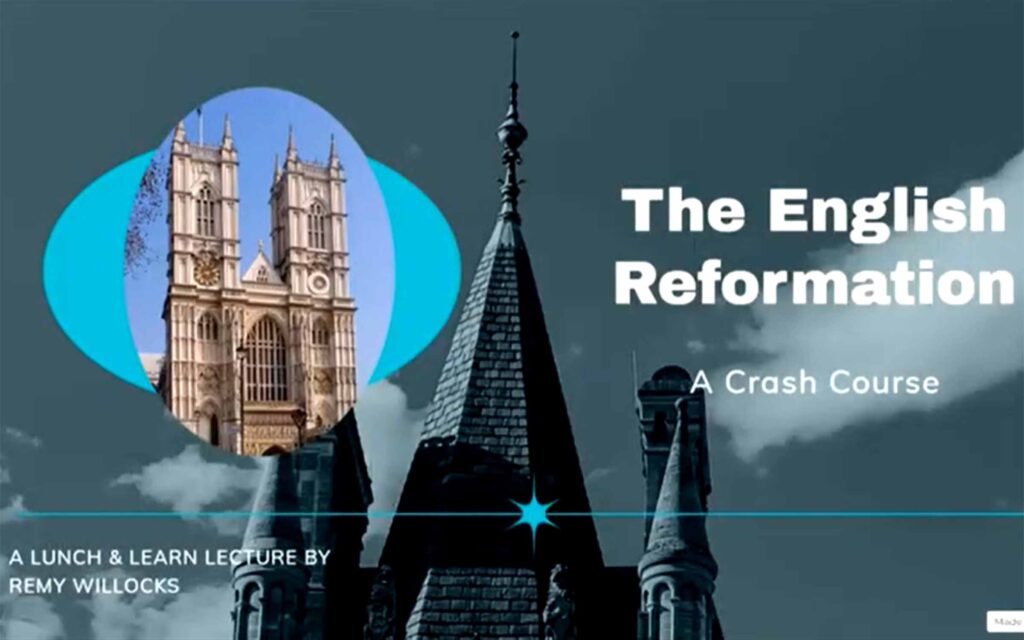
Much of the European side of the Plymouth Colony story is well-known to the American public: The Mayflower sailed the ocean blue and its passengers established one of the first permanent (e.g. year-round) English colonies populated by families in North America. We know that many of the Pilgrims who came to Plymouth Colony were religious dissidents, but why were they against the Church of England? And, how did they fit within the Protestant Reformation? This program explores the tumultuous changes and events that impacted Europeans and their theological beliefs from the early 1500s through to the mid-1600s, and observes the changes in religious doctrine and relationships between denominations that impacted the Pilgrims and life in Plymouth Colony. Remy Willocks, the Plimoth Patuxet Museum‘s Operations Coordinator, gives a 50-minute presentation on May 2, 2024 about the English Reformation and how it impacted life in Plymouth Colony.
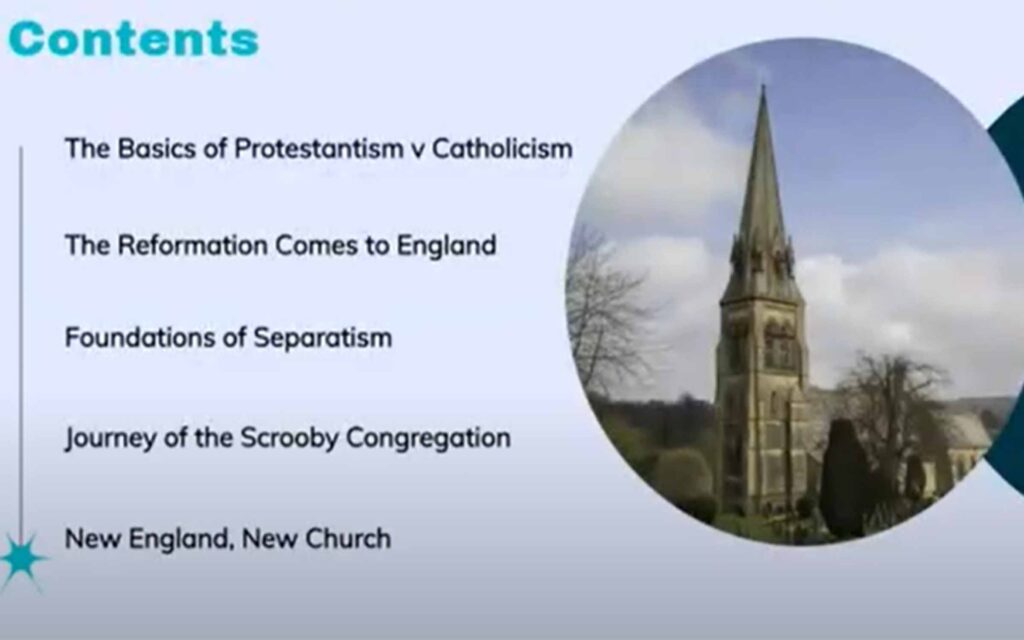
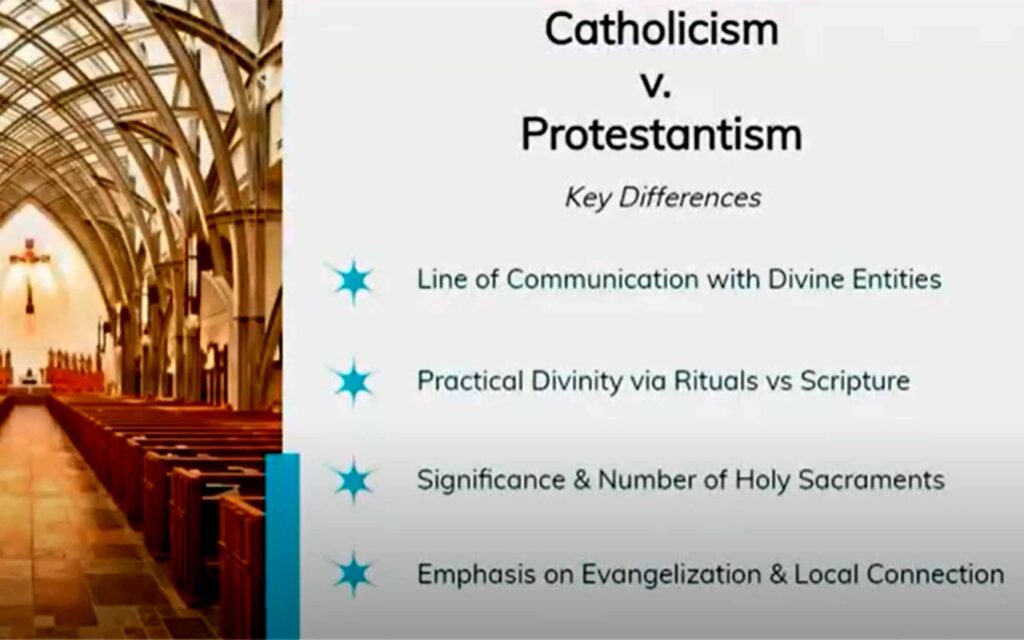
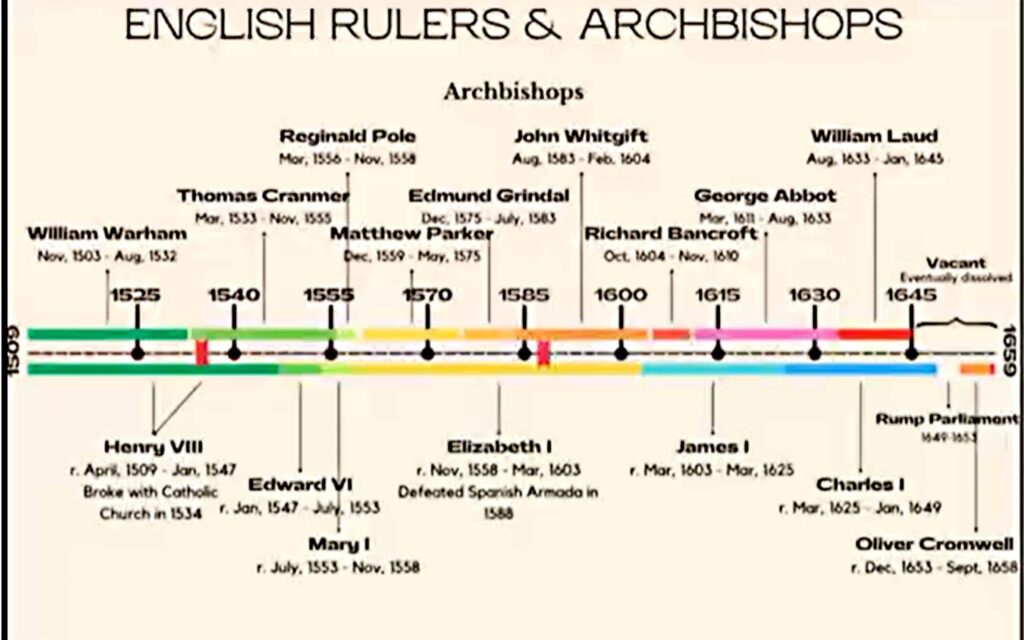
Willocks goes over the key differences between Protestantism v. Catholicism and traces the changes in both from the mid 16th century to the mid 17th century.
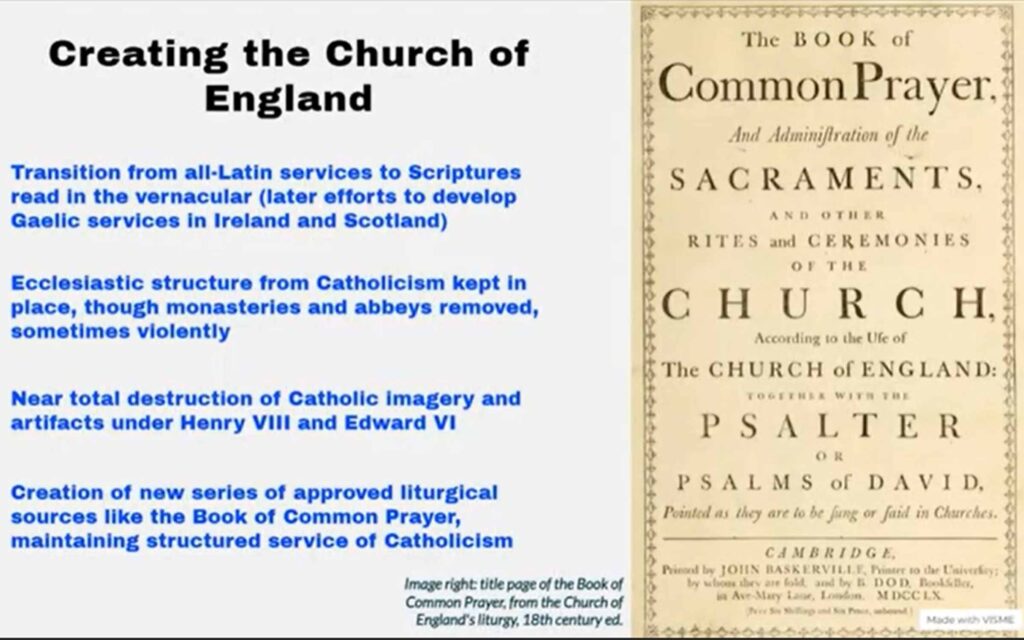
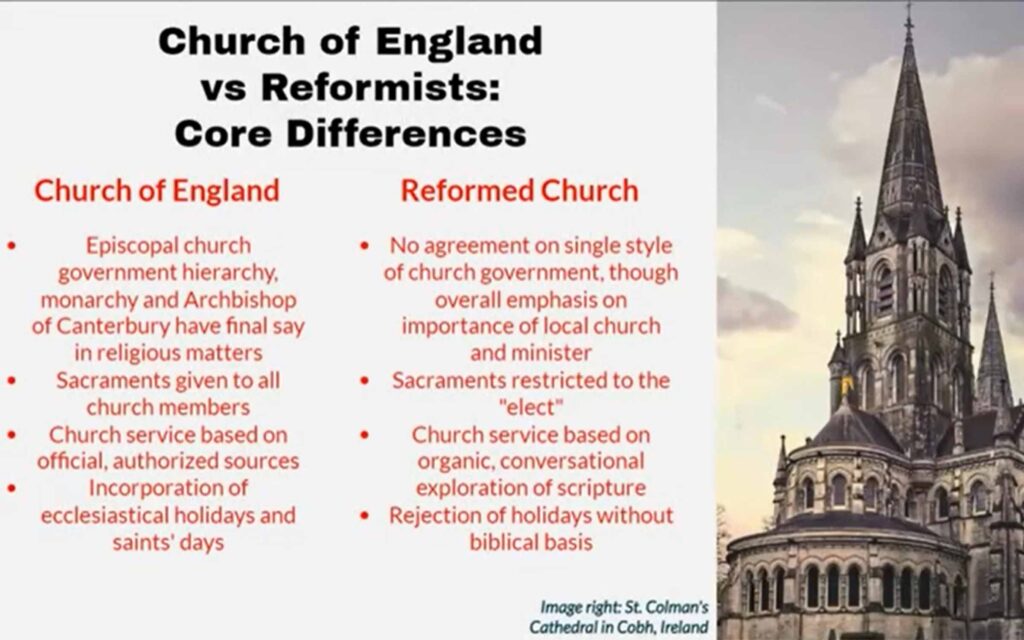
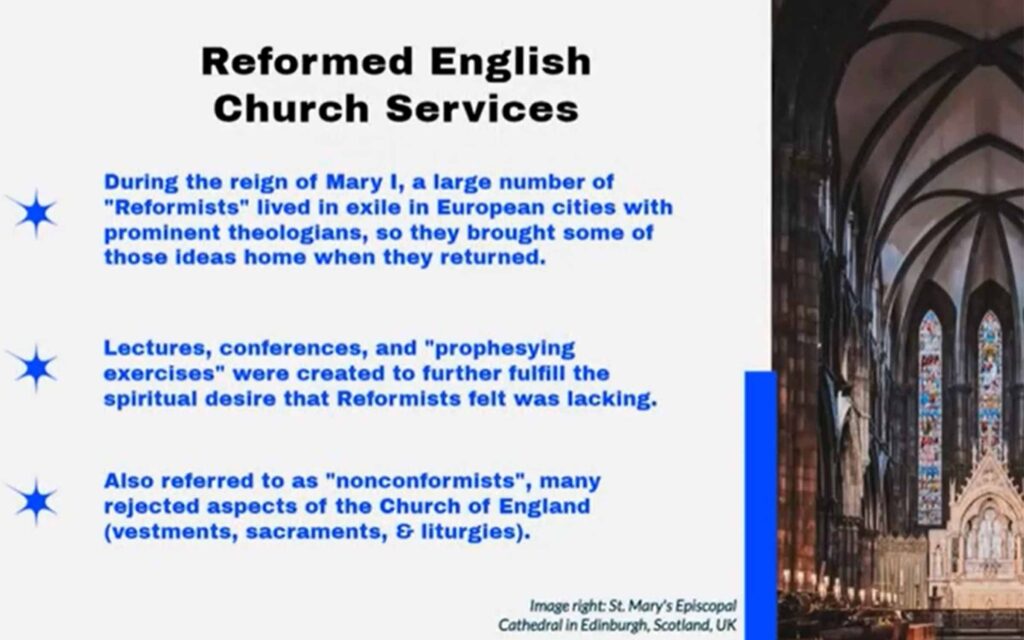
Following the reformation of the Church of England, Willocks details the core differences that the Reformed Church brought.
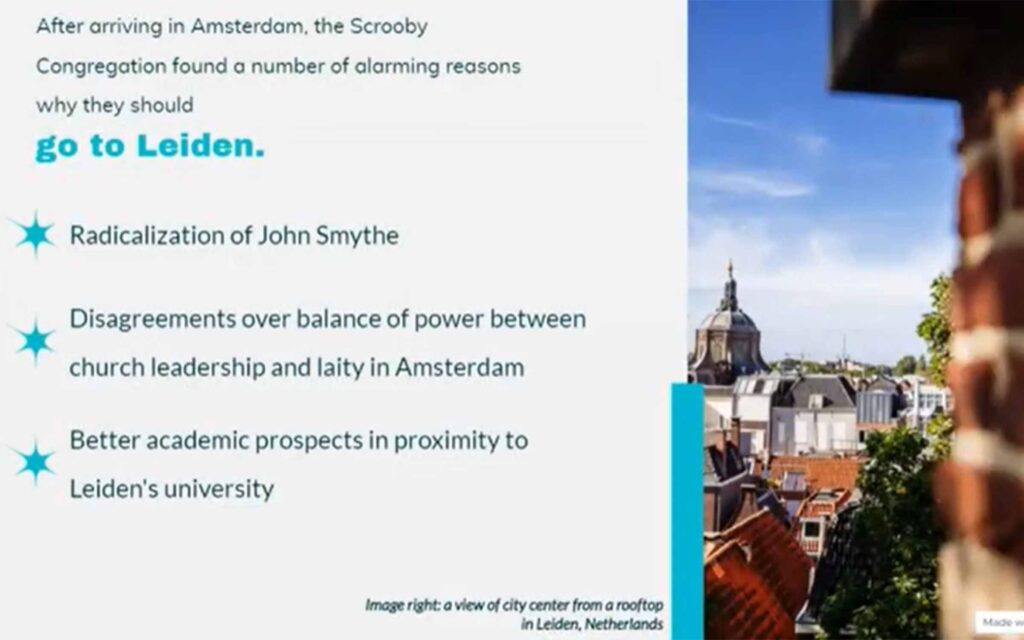
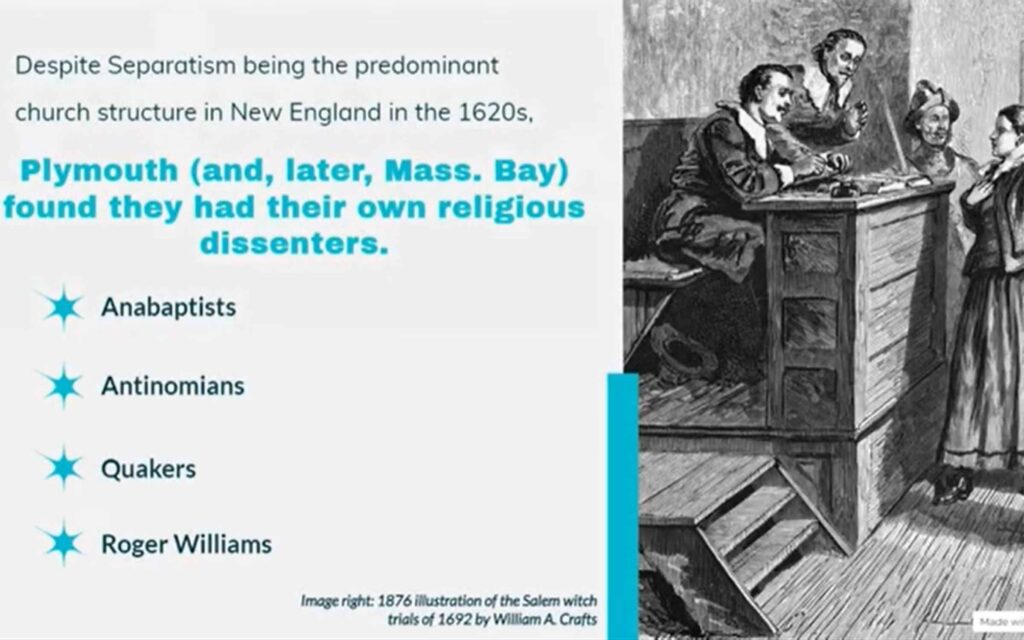
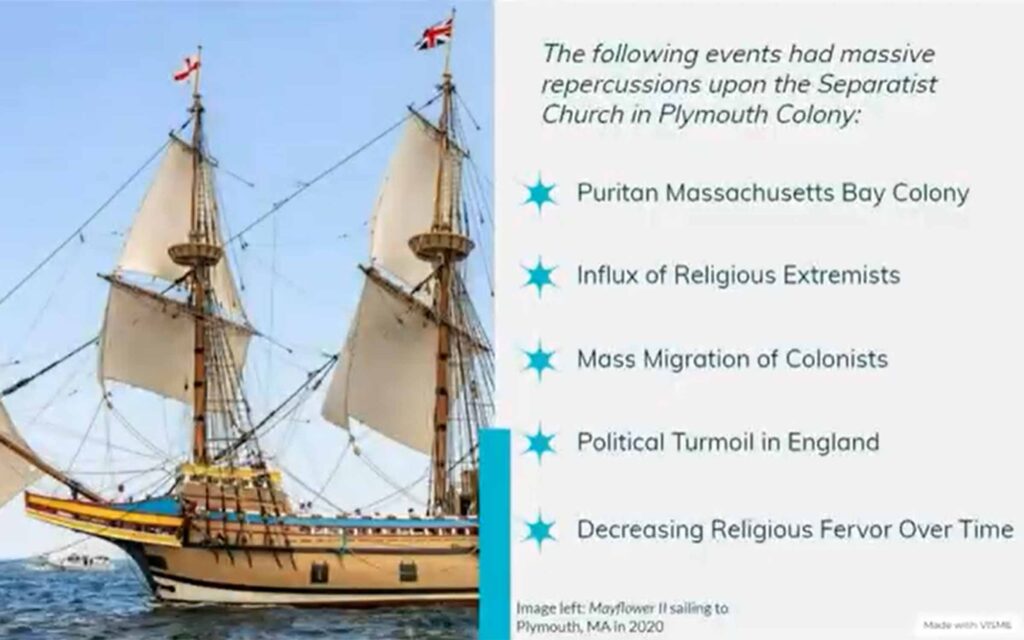
Willocks then traces the changes that took place as the Separatists went to Leiden and then to Plymouth before religious fervor diminished over time.
